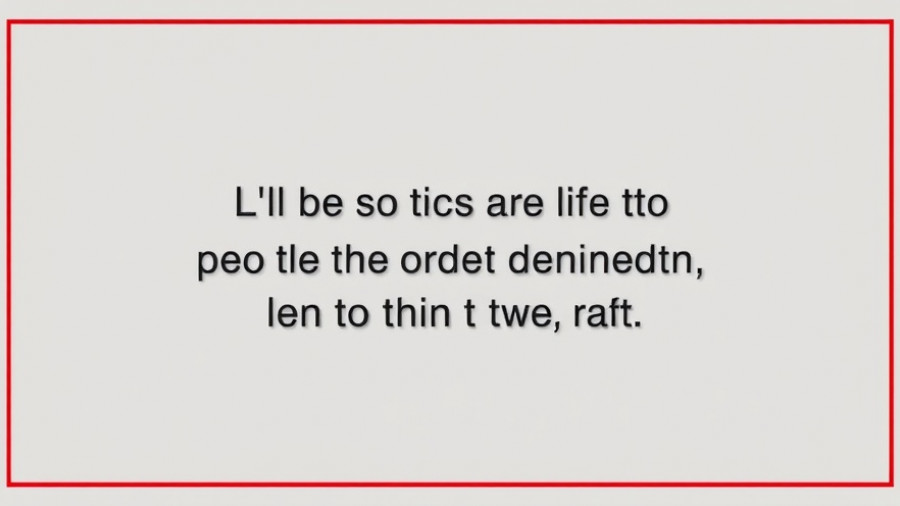
Purina's Sales Decline: A Sign of Changing Pet Food Preferences?
In a striking turn of events, Purina, one of the leading names in pet food, is experiencing a significant drop in sales, reportedly losing around $550 million in the first three quarters of 2025 compared to the same period in 2024. This decline has forced the company to rethink its strategy, including plans to cut 16,000 jobs as part of a broader cost-saving initiative. Analysts attribute this downturn partially to a surge in consumer awareness regarding the nutritional benefits of fresh, human-grade pet food over traditional kibble products.
The Fresh Food Movement in Pet Diets
As more pet owners become educated about the stark differences between highly processed feed-grade pet foods and minimally processed human-grade options, the demand for fresher alternatives is on the rise. A recent year-long study funded by The Farmer's Dog has underscored this trend, revealing that senior dogs transitioning to a fresh food diet exhibited drastic changes in metabolism and health after just one month. This reveals not only a rapid metabolic shift but also highlights the long-term benefits of feeding pets less processed diets.
Scientific Backing for Fresh Food Benefits
The research conducted indicates that dogs on a fresh food diet showed lower levels of harmful compounds associated with chronic diseases, illustrating that making dietary changes can lead to healthier pets. This follows earlier studies funded by JustFoodforDogs, which concluded that fresh food diets are "40% more digestible" than dry kibble. Such findings are prompting many pet owners to reconsider their pets' diets.
Implications for the Pet Food Industry
In a competitive market led by innovation and consumer health consciousness, Purina's strategy to refocus on its cat food division illustrates an adaptive approach, yet raises questions about the sustainability of traditional dry pet foods. With shifts in consumer preferences, the industry may need to pivot significantly to retain existing customers and capture new ones.
The Role of Early Life Diets
Dr. Anna Hielm-Björkman from the University of Helsinki has published research emphasizing the importance of early life diets. Her studies suggest that non-processed, meat-based diets during puppyhood reduce the risk of chronic gut conditions. Such research is instrumental in educating pet owners about good nutrition from an early age, further pushing the trend toward fresher food.
Consumer Awareness and Choice
As awareness grows, more pet owners are inclined to research and choose pet foods that align with their values regarding health and sustainability. This trend does not merely reflect changing tastes but signifies a deeper understanding of pet nutrition. It suggests a potential avenue for small, rising brands to challenge established giants like Purina, appealing directly to health-conscious consumers.
The Future of Pet Well-being
Looking ahead, the shift toward fresh food diets might not only benefit animal health but also promote a healthier society. Encouraging proper nutrition for pets creates a ripple effect, leading to improved animal care practices and ultimately enhancing pet-owner relationships. This evolution in the pet food landscape may reflect broader societal shifts towards wellness and health.
Ultimately, this development serves as a reminder that the choices we make in our daily lives—including what we feed our pets—can have lasting impacts. As we continue to learn and adapt, it's essential to consider the science behind our decisions. The conversation about pet diets is changing, and consumers are at the heart of this transformation.
 Add Row
Add Row  Add
Add 


Write A Comment